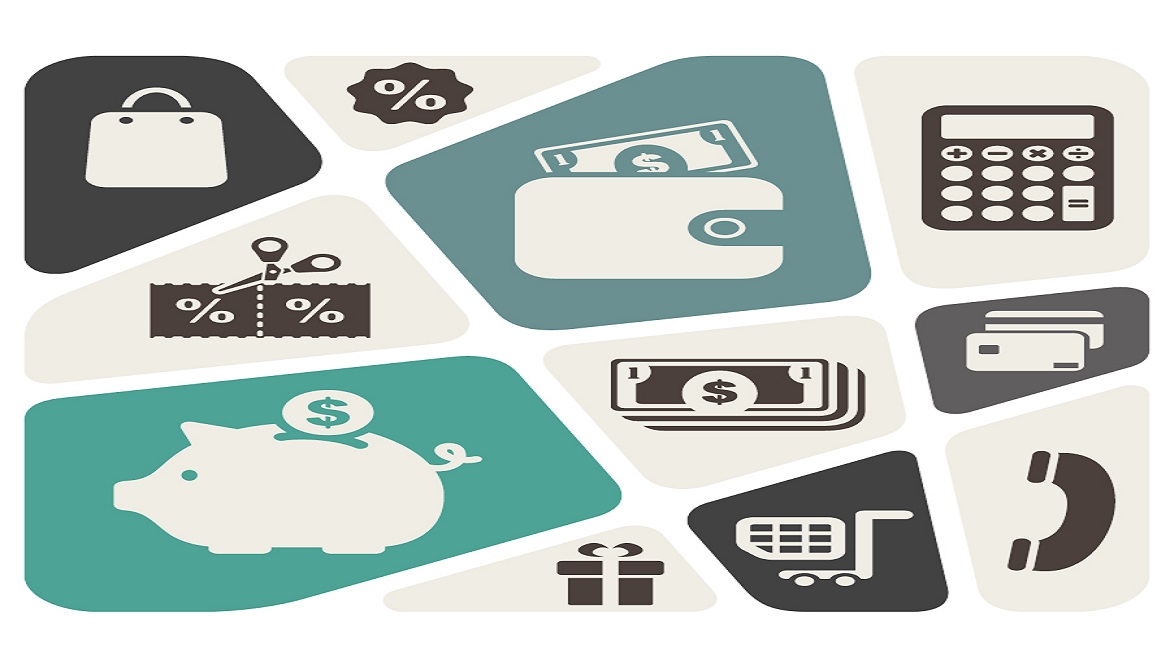The female consumer is becoming increasingly powerful— providing plenty of opportunity for savvy businesses. “Marketing to women is a critical growth strategy for business and one that is entirely under leveraged,” remark Iain Ellwood and Sheila Shekar in their book Wonder Woman: Marketing Secrets for the Trillion-Dollar Customer.
Research by the think tank IPPR has revealed that more women than ever are the main family breadwinners. In the UK two million working mothers are the biggest earners in their families. This trend looks set to continue, as female students generally perform better at school, and women gain more than half of all accounting and law degrees.
Women have the buying power but they also have great influence in the purchase of traditionally male product and services. In the US women buy more than half of new cars, and influence up to 80% of all car purchases. Just focusing on 50-plus women, they are the primary buyers for computers, banking and financial services.
As Bridget Brennon points out in her book, Why She Buys, women are responsible for the purchase of 52% of automotive products, 45% of consumer electronics and 65% of clothing. “Women not only have money, they have the veto power. They have become the Alpha Consumers,” says Brennon.
What’s more, it’s a myth that men use on-line shopping more than women—the latter account for 51% of on-line shopping. According to a recent survey conducted in Canada by The NPD Group, 65% of women shop online to save time, effort and avoid queues, versus 62% of men who also expect lower prices online.
Figures like these should be a wake-up call for businesses—something Goldman Sachs found back in 2007 with its Women 30 Index: a list of 30 global companies that are well-positioned to benefit from relative gains in female disposable income.
Style update
To be successful, brands must clearly understand feminine traits and characteristics, rather than using out-dated stereotypes (so-called ‘feminine colours’ often alienate women as much as men).
Women tend to be interested in creating longer lasting relationships with brands and invest more energy in nurturing and sharing their emotions. For women, shopping is often a social activity. Over the last two years more than 250,000 women have enrolled in Home Depot’s Do-It-Herself clubs.
Men are ‘laser shoppers’. They spend less time shopping; they are more focused on the transaction and buy predominantly on features. Women are more intuitive and care more about the wider context of their purchases and the part it plays in their lives. They demand shopping experiences that are less about transaction and more about sociability, conviviality, experience and connection to the brand.
Tesco has recognised this with the development of its latest store in Watford. With its community space, yoga classes and baby gym, it is designed to be a destination where customers spend time with their families and friends.
Nike is another brand that is striving to engage with customers at a more emotional level. It has developed a series of ‘quantified self’ products and services that monitor customers’ health and fitness and facilitate the sharing of information and experiences between its customers— part of a general shift from being a manufacturer of sports footwear and apparel to being a provider of personalised experiences.
But for brands to attract both men and women, they need to adopt more matriarchal values instead of patriarchal ones. Shopping experiences need to be multi-dimensional, engage all the senses and be based on stories crafted to make more sense of information.
This represents a series of fundamental shifts from transaction to interaction and progression to customer intimacy, to achieve what Mark Wickens from Brandhouse calls ‘Emotional Competitive Advantage’.
The views and opinions expressed in this article are those of the authors and do not necessarily reflect the views of The Economist Intelligence Unit Limited (EIU) or any other member of The Economist Group. The Economist Group (including the EIU) cannot accept any responsibility or liability for reliance by any person on this article or any of the information, opinions or conclusions set out in the article.




